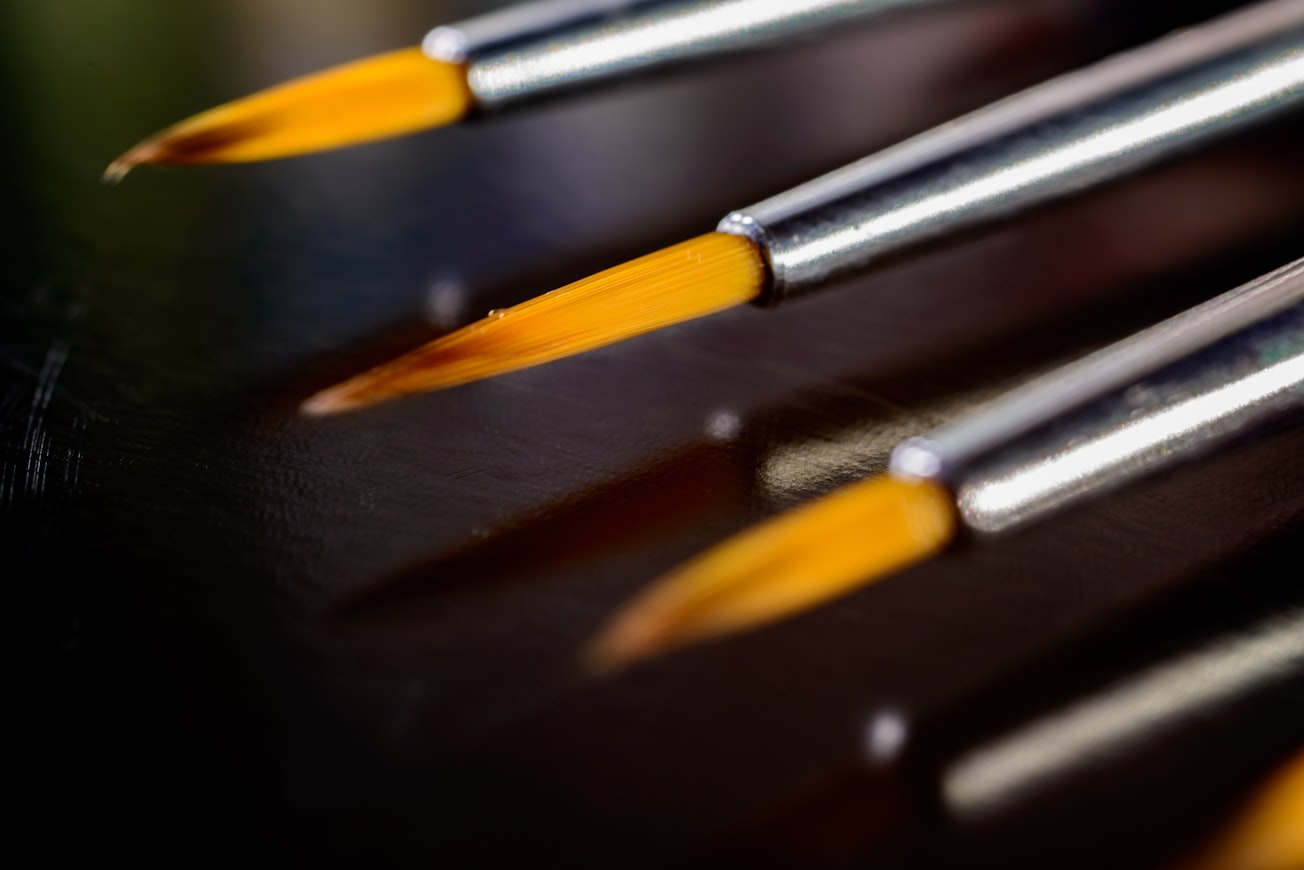What is it about?
A painting called Salvator Mundi captured the world’s attention when it was purchased for an eye-popping $450 million in 2017. The auction house, Christie’s, attributed the work to Leonardo da Vinci, as did some other experts. But the painting had been heavily restored and controversy over its true author remains fierce. We were intrigued. We’d developed an artificial intelligence (AI) system to help resolve questions of attribution in art, and were eager to see if we could contribute to the conversation. We knew it wouldn’t be easy – our system, like all platforms that use AI to analyze image features, requires many training images. But there are only a handful of reliably authenticated Leonardo paintings. With perseverance and a few tricks, we were able to obtain plausible results. They surprised us. Because our system can assign authorship probabilities at the pixel level, we could tell whether, and where, Leonardo may have gotten some help.
Featured Image

Photo by Carlos Felipe Ramírez Mesa on Unsplash
Why is it important?
As scholars and other experts become less willing to offer attribution opinions, we hope that systems like ours can provide an objective (though by no means definitive) perspective – adding to the expanding toolkit of scientific authentication methodologies as well as helping us unravel the fascinating and often complex creation stories that underlie great art.
Read the Original
This page is a summary of: A Neural Network Looks at Leonardo’s(?) Salvator
Mundi, Leonardo, January 2021, The MIT Press,
DOI: 10.1162/leon_a_02004.
You can read the full text:
Contributors
The following have contributed to this page










